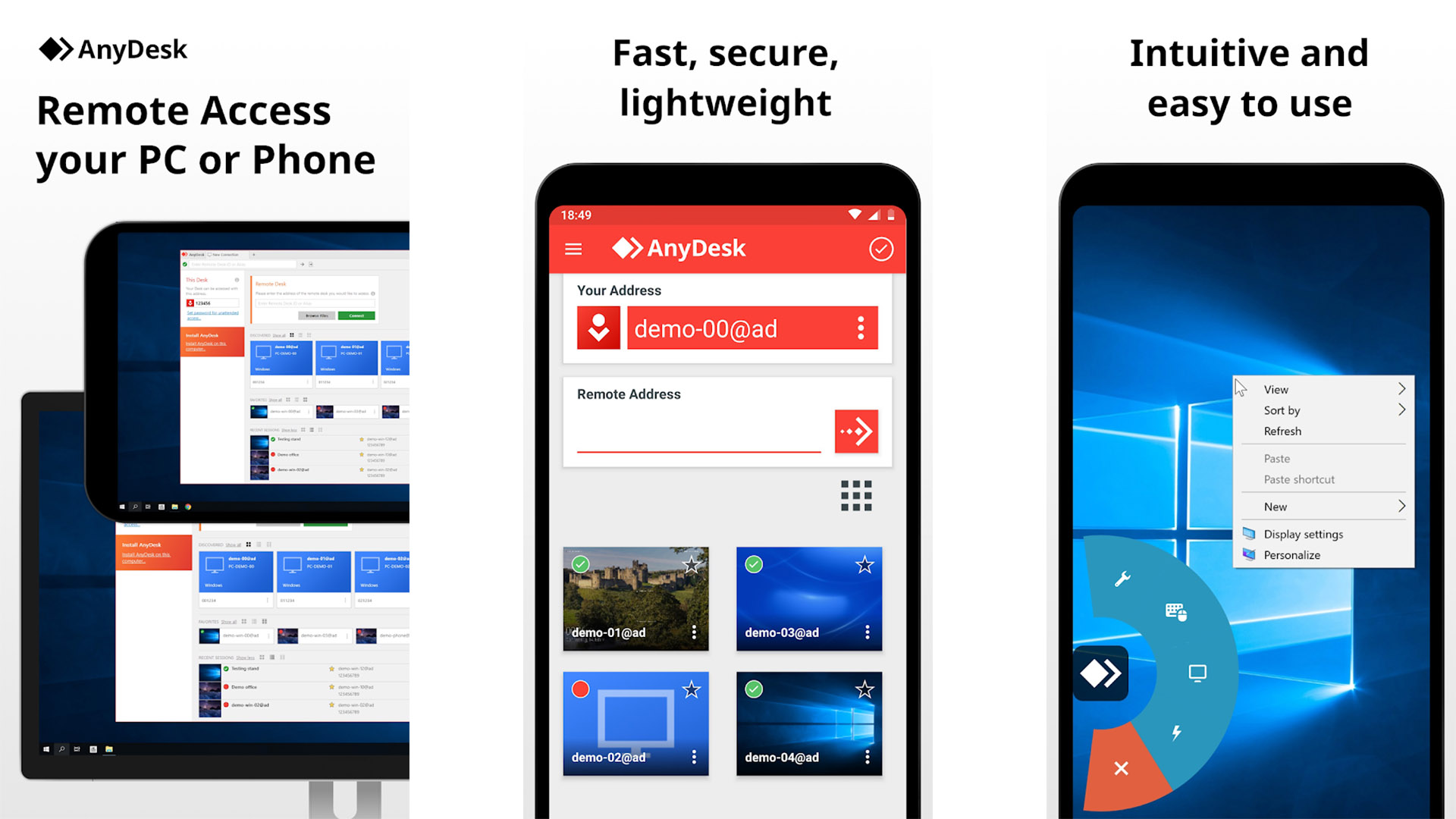Securely Connect Remote IoT P2P Download Android: Your Ultimate Guide
Hey there, tech enthusiasts! If you're reading this, chances are you're diving deep into the world of IoT (Internet of Things) and exploring ways to securely connect remote IoT devices through peer-to-peer (P2P) networks on Android. But let me ask you something—are you doing it right? Are you protecting your data while still enjoying seamless connectivity? In this article, we’ll break down everything you need to know about securely connecting remote IoT P2P downloads on Android. So, buckle up because we’re about to take you on an epic tech journey!
Let’s face it, the IoT industry is booming like never before. From smart homes to wearable tech, IoT devices are everywhere. But here’s the catch—these devices often rely on internet connectivity, which opens them up to potential security risks. That’s why learning how to securely connect remote IoT P2P downloads on Android is crucial. You don’t wanna end up with your smart fridge chatting with a hacker, right?
Now, before we dive into the nitty-gritty, let’s get one thing straight—this isn’t just about convenience. It’s about safeguarding your privacy and ensuring your devices function as they should without any nasty surprises. In today’s digital age, security is king, and we’re here to show you how to rule it. So, let’s get started!
- Unveiling The Mysteries Of February 19 Zodiac Pisces With A Twist
- Janet Jackson Son The Story Behind The Spotlight
What is Securely Connect Remote IoT P2P Download Android?
Alright, let’s break it down. Securely connecting remote IoT P2P downloads on Android means setting up a peer-to-peer network where your IoT devices can communicate directly with each other without needing a central server. Think of it like a private chat room where your smart devices can share data without involving third parties. This setup not only enhances security but also improves efficiency.
Here’s the deal—IoT devices generate tons of data, and if you’re not careful, that data can fall into the wrong hands. By using P2P connections, you reduce the risk of data breaches and ensure that your devices remain secure. Plus, it’s super handy for downloading updates or sharing files between devices.
Why Should You Care About Secure IoT Connections?
Look, I get it. You might be thinking, “Why should I care about all this tech stuff?” Well, here’s why—IoT devices are becoming an integral part of our daily lives. Whether it’s your smart thermostat, fitness tracker, or even your car, these devices hold sensitive information about you. If someone gets access to that data, they could use it against you.
And let’s not forget the convenience factor. With secure IoT connections, you can control your devices remotely, monitor their performance, and even troubleshoot issues from anywhere in the world. It’s like having a personal assistant for your tech, but without the attitude.
How to Set Up a Secure IoT P2P Network on Android
Setting up a secure IoT P2P network on Android isn’t rocket science, but it does require a bit of know-how. Here’s a step-by-step guide to help you get started:
- Download a reliable P2P app from the Google Play Store. Make sure it’s from a trusted developer and has good reviews.
- Connect your IoT devices to the same Wi-Fi network. This ensures they can communicate with each other without any hiccups.
- Enable P2P mode in the app settings. This allows your devices to establish a direct connection.
- Set up strong passwords for your devices. Use a combination of letters, numbers, and symbols to make them hacker-proof.
- Regularly update your devices and apps to ensure they have the latest security patches.
Remember, security is all about layers. The more layers you add, the harder it is for someone to break in. So, don’t skimp on the details!
Top Tools for Secure IoT Connections
Now that you know how to set up a secure IoT P2P network, let’s talk about some tools that can make your life easier. Here are a few of our top picks:
1. WireGuard
WireGuard is a super lightweight and secure VPN that’s perfect for IoT devices. It uses state-of-the-art cryptography to protect your data and ensure secure connections. Plus, it’s easy to set up and doesn’t drain your device’s battery.
2. Resin.io
Resin.io is a powerful platform for managing IoT devices. It allows you to deploy, monitor, and update your devices from a single dashboard. With features like automatic backups and secure updates, it’s a must-have for anyone serious about IoT security.
3. OpenHAB
OpenHAB is an open-source home automation platform that supports a wide range of IoT devices. It allows you to create custom workflows and automations, making it easy to manage your smart home. Plus, it’s completely free and community-driven, so you’ll always have access to the latest features.
Common Security Risks in IoT Networks
Let’s talk about the elephant in the room—security risks. While IoT devices offer tons of benefits, they also come with their fair share of risks. Here are some of the most common ones:
- Data breaches: Hackers can gain access to your devices and steal sensitive information.
- Malware attacks: Malicious software can infect your devices and disrupt their functionality.
- Unsecured connections: Using unsecured Wi-Fi networks can leave your devices vulnerable to attacks.
- Weak passwords: Using simple or default passwords makes it easy for hackers to break in.
The good news is that most of these risks can be mitigated with proper security measures. So, don’t let them scare you off—just be smart about it!
Best Practices for Secure IoT Connections
Now that you know the risks, let’s talk about how to avoid them. Here are some best practices for securing your IoT connections:
1. Use Strong Passwords
This one’s a no-brainer. Use strong, unique passwords for all your devices and change them regularly. Avoid using easily guessable information like your name or birthdate.
2. Enable Two-Factor Authentication
Two-factor authentication adds an extra layer of security by requiring a second form of verification, such as a code sent to your phone. It’s a simple yet effective way to protect your devices.
3. Keep Software Updated
Regularly update your devices and apps to ensure they have the latest security patches. Outdated software is a prime target for hackers.
4. Monitor Your Devices
Keep an eye on your devices for any suspicious activity. If something seems off, investigate it immediately. Early detection can save you a lot of trouble down the line.
How to Troubleshoot IoT Connection Issues
Even with the best security measures in place, connection issues can still happen. Here’s how to troubleshoot them:
- Check your Wi-Fi connection. Make sure your devices are connected to the same network.
- Restart your devices. Sometimes, a simple restart can fix the issue.
- Update your firmware. Outdated firmware can cause compatibility issues.
- Contact customer support. If all else fails, reach out to the manufacturer for assistance.
Remember, troubleshooting is all about patience. Don’t rush through the process—take your time and methodically check each step.
Future Trends in Secure IoT Connections
So, what’s the future of secure IoT connections? Here are a few trends to watch out for:
1. Quantum Encryption
Quantum encryption is the next big thing in cybersecurity. It uses the principles of quantum mechanics to create unbreakable codes, making it virtually impossible for hackers to intercept your data.
2. AI-Powered Security
AI is revolutionizing the way we approach security. With machine learning algorithms, devices can detect and respond to threats in real-time, providing an extra layer of protection.
3. Edge Computing
Edge computing involves processing data closer to the source, reducing latency and improving security. It’s perfect for IoT devices that require fast and reliable connections.
Conclusion: Take Action Today!
And there you have it—everything you need to know about securely connecting remote IoT P2P downloads on Android. Remember, security is a marathon, not a sprint. It requires constant vigilance and adaptation to stay ahead of potential threats.
So, what are you waiting for? Start securing your IoT connections today! Leave a comment below and let us know your thoughts. And don’t forget to share this article with your friends and family. Together, we can make the IoT world a safer place!
Table of Contents
- Securely Connect Remote IoT P2P Download Android: Your Ultimate Guide
- What is Securely Connect Remote IoT P2P Download Android?
- Why Should You Care About Secure IoT Connections?
- How to Set Up a Secure IoT P2P Network on Android
- Top Tools for Secure IoT Connections
- Common Security Risks in IoT Networks
- Best Practices for Secure IoT Connections
- How to Troubleshoot IoT Connection Issues
- Future Trends in Secure IoT Connections
- Conclusion: Take Action Today!



Detail Author:
- Name : Ruthie Bogisich
- Username : vkihn
- Email : dallas.hartmann@aufderhar.info
- Birthdate : 1986-01-03
- Address : 8920 Erin Prairie Suite 955 Schustershire, VT 58293-9251
- Phone : 1-307-942-1347
- Company : Marvin Ltd
- Job : Upholsterer
- Bio : Voluptates aliquam alias labore atque vel quia. Est aut at magni asperiores architecto quidem sit. Omnis esse natus ut ex voluptatibus.
Socials
tiktok:
- url : https://tiktok.com/@joelle379
- username : joelle379
- bio : Veniam pariatur omnis facilis aut non natus autem.
- followers : 4118
- following : 2261
twitter:
- url : https://twitter.com/gutkowski2020
- username : gutkowski2020
- bio : Cumque numquam veniam ut aperiam quas ea. Quo aliquam numquam velit et ratione. Animi ullam aperiam dolore.
- followers : 6133
- following : 11
linkedin:
- url : https://linkedin.com/in/gutkowski2011
- username : gutkowski2011
- bio : Ut expedita debitis et et.
- followers : 5140
- following : 2284
facebook:
- url : https://facebook.com/joelle.gutkowski
- username : joelle.gutkowski
- bio : Quae omnis doloremque occaecati. Non consectetur et impedit saepe et et.
- followers : 3492
- following : 49
instagram:
- url : https://instagram.com/gutkowski2001
- username : gutkowski2001
- bio : Est maiores cupiditate odit sequi odit. Libero est libero et eum culpa aliquam.
- followers : 6509
- following : 2957